Health
Second American contracts bird flu tied to dairy cows as CDC says risk of infection still low
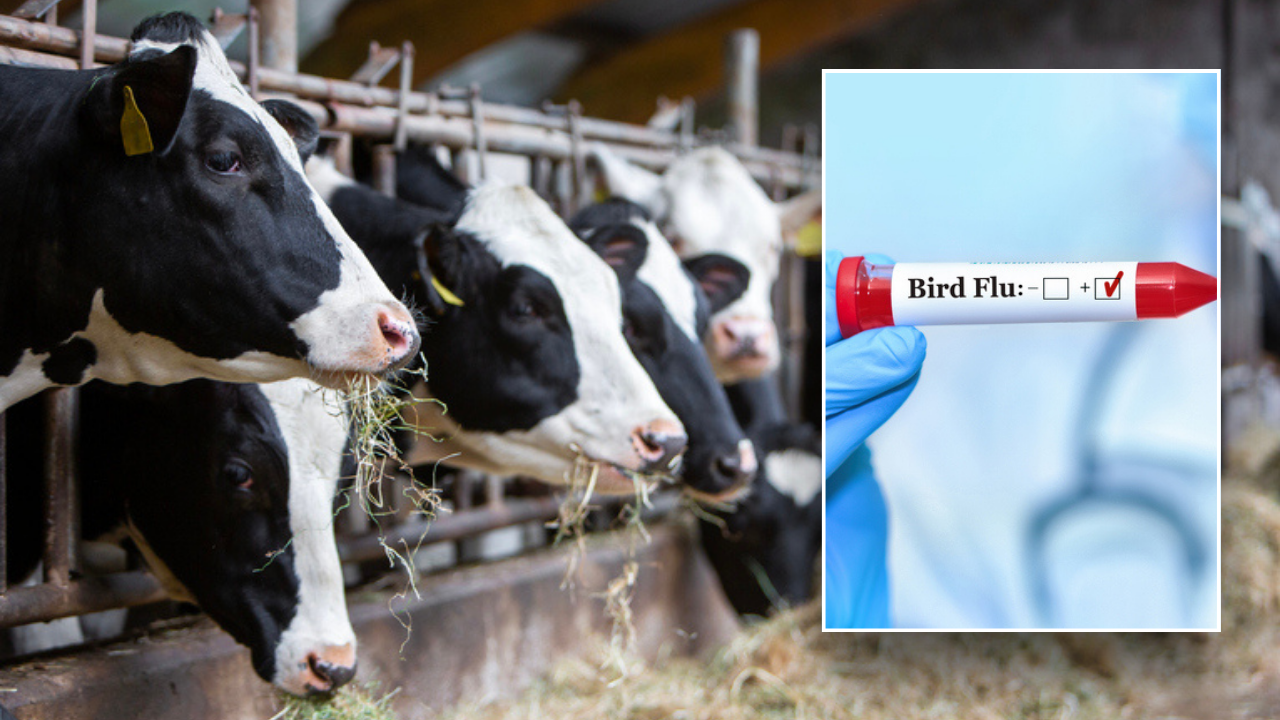
CDC issues alert over bird flu case
Fox News medical contributor Dr. Marc Siegel on what to know about bird flu and why it is important to not look directly at the solar eclipse without proper glasses
The Centers for Disease Control and Prevention (CDC) announced Wednesday that a second H5N1 bird flu case has been identified by officials.
A 55-year-old Michigan dairy worker became ill after working with H5N1-infected cattle, the CDC said in a press release. While an upper respiratory tract sample tested negative, a specimen from his eye confirmed the H5N1 bird flu infection.
A Texas farm worker was diagnosed with the disease in March. Both the Michigan and Texas patients suffered from conjunctivitis, or pink eye. Neither showed signs of a respiratory infection.
“Conjunctivitis (eye infection) has been associated with previous human infections with avian influenza A viruses and is part of the current CDC case definition for A(H5N1) surveillance,” the CDC explained in a Wednesday press release.
VIRAL ‘HOSTAGE TAPE’ SLEEPING TREND GAINS STEAM AS DOCTORS WARN OF POTENTIAL DANGERS
At least two farm workers have been infected with H5N1 bird flu this year. (iStock)
“While it’s not known exactly how eye infections result from avian influenza exposures, it may be from contamination of the eye(s), potentially with a splash of contaminated fluid, or touching the eye(s) with something contaminated with A(H5N1) virus, such as a hand.”
The Texas case marked the first human case of H5N1 bird flu in the United States. Globally, it was the first time a human caught H5 bird flu from a cow.
The United States Department of Agriculture (USDA) has found that at least 49 dairy herds across nine states have been exposed to H5N1. On Wednesday, the CDC maintained that the health risk that H5N1 bird flu poses to humans is still low.
THREE WOMEN — AGES 41, 55 AND 64 — SHARE THEIR SECRETS TO BETTER HEALTH AND LONGEVITY
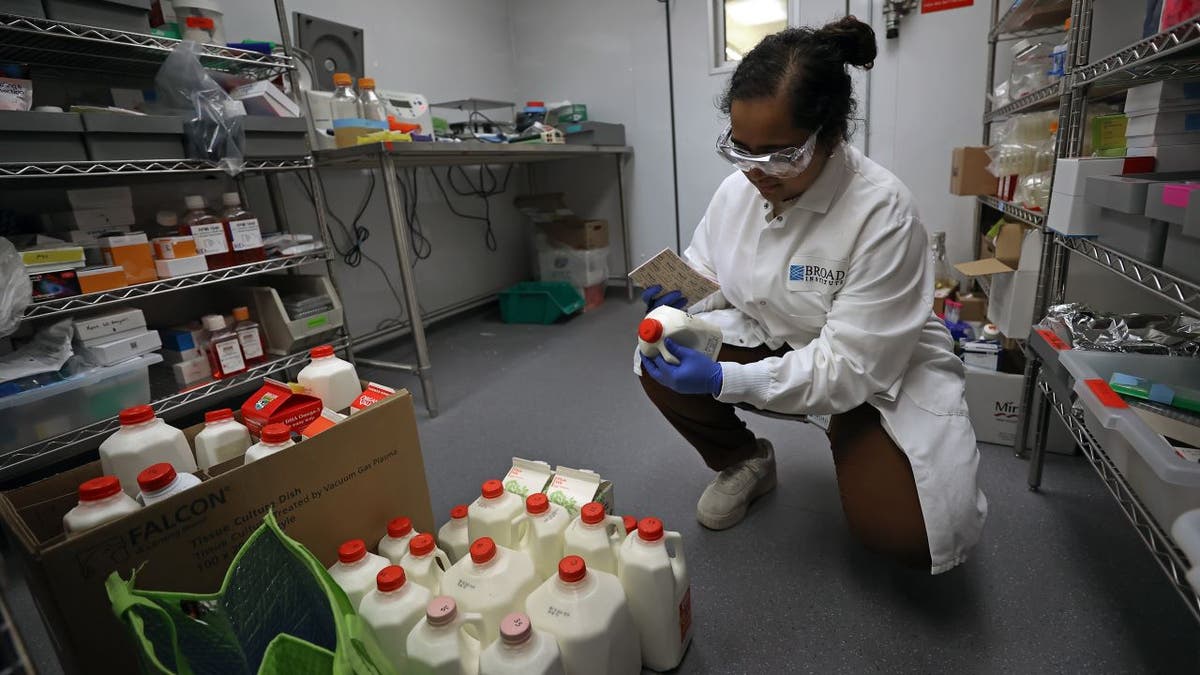
Fatinah Albeez, a research associate with the Broad Institute’s Sabeti lab, works with milk samples in May 2024. (David L. Ryan/The Boston Globe via Getty Images)
“Based on the information available, this infection does not change CDC’s current H5N1 bird flu human health risk assessment for the U.S. general public, which the agency considers to be low.,” the CDC said. “However, this development underscores the importance of recommended precautions in people with exposure to infected or potentially infected animals.”
Officials are still monitoring the outbreak, but maintain that pasteurized milk is safe to drink.
“I can say without reservation that our commercial milk and meat supplies are safe,” USDA official Eric Deeble said during a briefing on May 16. “At no time were animals that are sick from H5N1 or any other animal disease permitted to enter into our food supply.”
CLICK HERE TO SIGN UP FOR OUR HEALTH NEWSLETTER
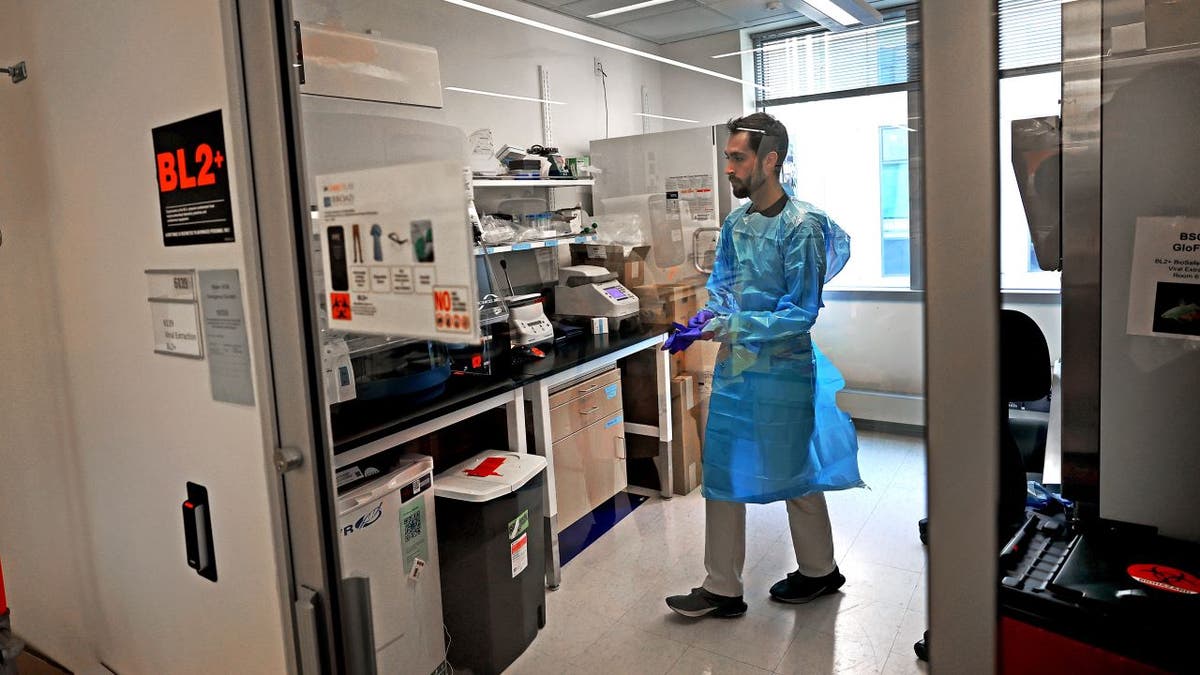
Jon Arizti Sanz, PhD, Postdoctoral Fellow working in the lab to test bird flu samples in May 2024.
The CDC is encouraging Americans to avoid exposure to dead animals and animal waste. Officials also discourage drinking raw milk.
“Following these recommendations is central to reducing a person’s risk and containing the overall public health risk,” the organization advised.
Fox News Digital’s Melissa Rudy contributed to this report.
For more Health articles, visit www.foxnews.com/health.

Health
What Happens If You Eat Eggs Every Day? Nutritionists Share the Benefits

Sign Up
Create a free account to access exclusive content, play games, solve puzzles, test your pop-culture knowledge and receive special offers.
Already have an account? Login
Forgot your password?
Get back to the Sign In
Use left and right arrow keys to navigate between menu items.
Use escape to exit the menu.
Health
Ask a doctor: ‘I swallowed a bug — now what should I do?'
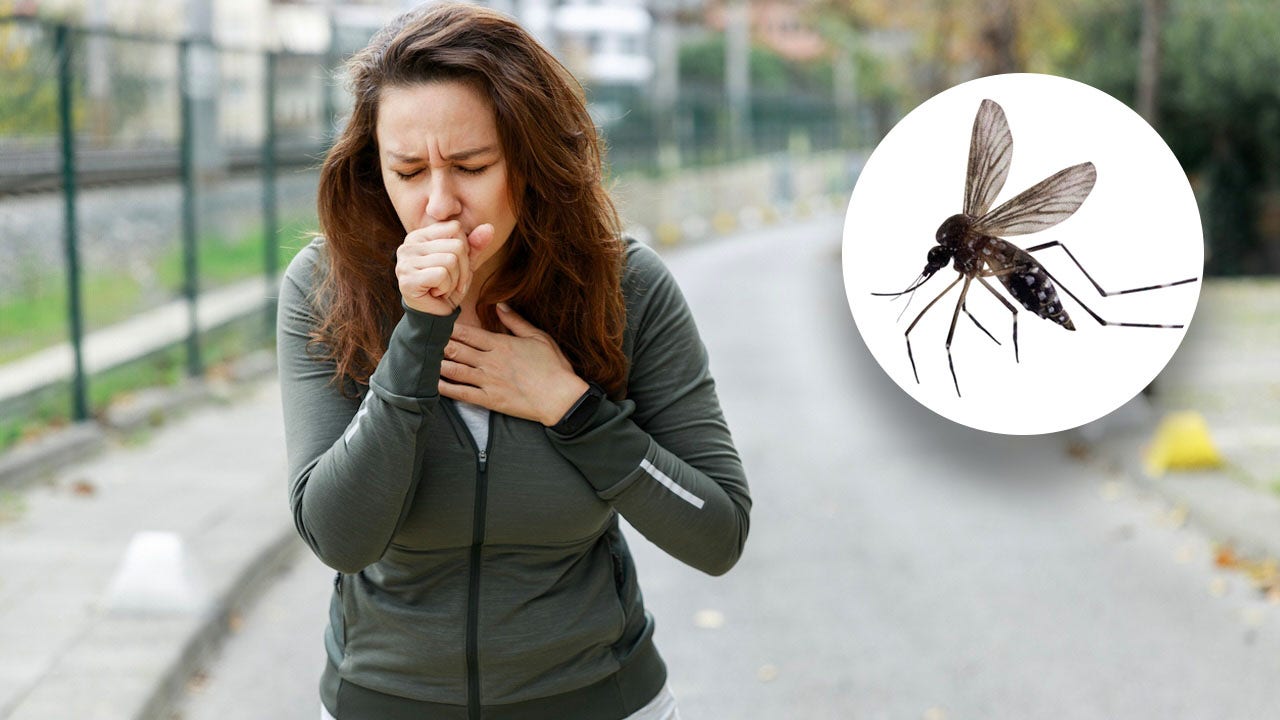
Most people have experienced that moment of discomfort when they realize a bug has wound up where it shouldn’t be — in their windpipe.
That includes Taylor Swift, who on more than one occasion has accidentally swallowed a bug while performing on stage in front of thousands of people.
It can be a startling and somewhat disgusting occurrence — but is this dangerous, or just a nuisance?
LOCAL DENGUE FEVER CASES CONFIRMED IN FLORIDA KEYS, SPREAD BY MOSQUITO BITES
Dr. Raj Dasgupta, a quadruple board-certified physician in California, shared with Fox News Digital the true impacts of accidentally swallowing a bug, and the best thing to do if it happens.
“Swallowing a bug can often happen accidentally when you’re eating or drinking outside, or if a bug flies into your mouth,” Dasgupta, who serves as chief medical advisor for Fortune Recommends, told Fox News Digital via email.
Dr. Raj Dasgupta, a quadruple board-certified physician in California, discussed the impact of accidentally swallowing a bug — and the best thing to do if it happens. (Sleepoplis)
“It can also happen if you’re talking or laughing outdoors. Sometimes it might even happen indoors if bugs are in your food or drink and you don’t realize it.”
ASK A DOCTOR: ‘HOW CAN I PREVENT SCARRING FROM BUG BITES AND POISON IVY?’
Swallowing a bug is usually not dangerous, Dasgupta noted.
“The stomach’s digestive acids usually break down the bug, and it is passed out of the body without causing harm,” he said.
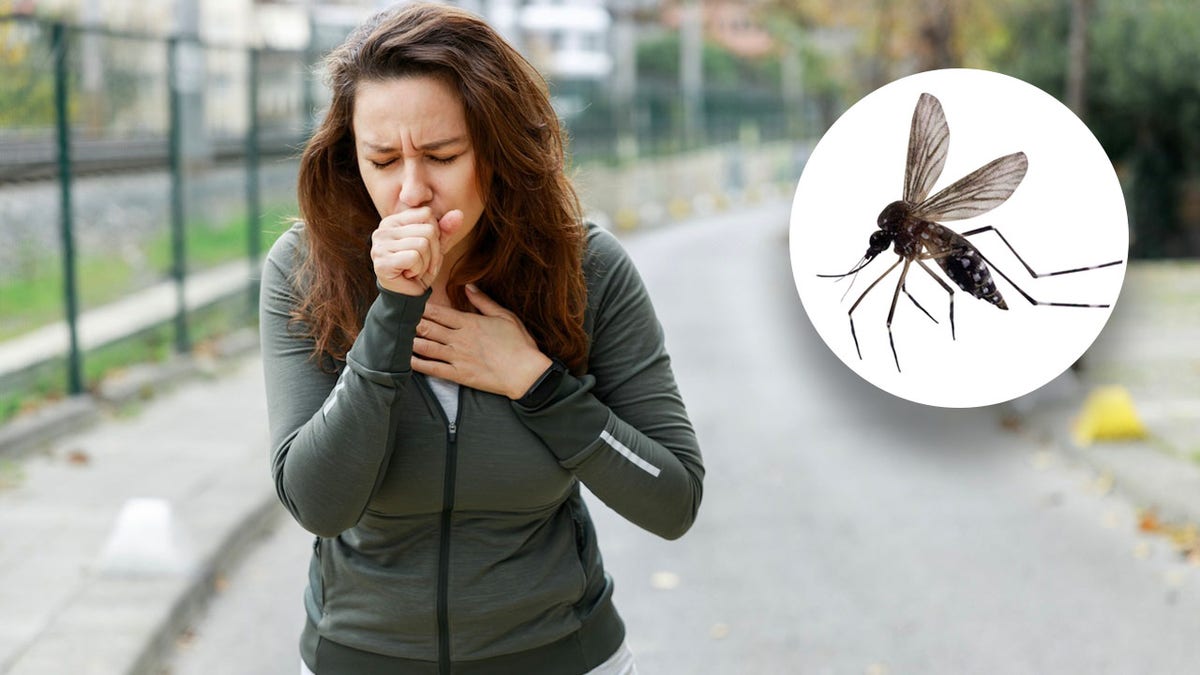
“Swallowing a bug can happen accidentally when you’re eating or drinking outside, or if a bug flies into your mouth,” the doctor told Fox News Digital. (iStock)
If the bug carries harmful bacteria or parasites, however, it could cause gastrointestinal issues or allergic reactions, according to the doctor.
The type of bug can make a difference, he said.
“Bugs like beetles or ants are less of a concern, but bugs that are known to spread diseases — such as mosquitoes — might be riskier.”
If you happen to swallow a bug, drinking some water can help wash it down, Dasgupta said.

Taylor Swift has announced the accidental swallowing of bugs, mid-concert, on more than one occasion. (Marcelo Endelli/TAS23/Getty Images for TAS Rights Management)
“If you start feeling sick, like abdominal pain, vomiting or nausea, keep an eye on your symptoms,” the doctor said.
If you have severe stomach pain, ongoing vomiting, trouble breathing, or swelling, rash or itching, Dasgupta said to see a doctor.
CLICK HERE TO SIGN UP FOR OUR HEALTH NEWSLETTER
“If you know the bug could have diseases or if you have health conditions that might complicate things, it’s a good idea to get checked out to be safe,” he added.
For more Health articles, visit www.foxnews/health
Some bugs — including grasshoppers, beetles, termites, mealworms and even stink bugs — are actually considered edible in certain countries, and are prepared and eaten as part of meals, according to WebMD’s website.
Health
“I’m a Dietitian, and Here’s Why an Overly Restrictive Diet Can Backfire”

Sign Up
Create a free account to access exclusive content, play games, solve puzzles, test your pop-culture knowledge and receive special offers.
Already have an account? Login
Forgot your password?
Get back to the Sign In
Use left and right arrow keys to navigate between menu items.
Use escape to exit the menu.
-

 World1 week ago
World1 week agoOne dead after car crashes into restaurant in Paris
-

 Midwest1 week ago
Midwest1 week agoMichigan rep posts video response to Stephen Colbert's joke about his RNC speech: 'Touché'
-

 News1 week ago
News1 week agoVideo: Young Republicans on Why Their Party Isn’t Reaching Gen Z (And What They Can Do About It)
-

 Movie Reviews1 week ago
Movie Reviews1 week agoMovie Review: A new generation drives into the storm in rousing ‘Twisters’
-

 News1 week ago
News1 week agoIn Milwaukee, Black Voters Struggle to Find a Home With Either Party
-

 Politics1 week ago
Politics1 week agoFox News Politics: The Call is Coming from Inside the House
-

 News1 week ago
News1 week agoVideo: J.D. Vance Accepts Vice-Presidential Nomination
-

 World1 week ago
World1 week agoTrump to take RNC stage for first speech since assassination attempt
















